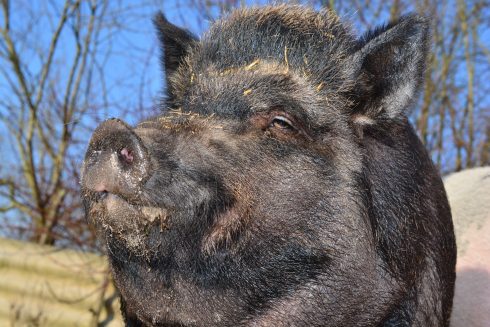THE cornucopia of animal life to be found in the Costa del Sol just got a large upgrade with the addition of two two-toed sloths.
Named Reina and Flo, they have made their debut at Bioparc Fuengirola, just in time for World Sloth Day on Saturday October 19.
The new arrivals are part of a European conservation program aimed at protecting these unique and endangered creatures.
The pair have moved into an expanded recreation of the South American rainforest and can already be seen hanging upside down and munching on their favourite leaves.
READ MORE: Deer kills 91-year-old man and injures two others after entering private estate in Spain’s Andalucia

The space measures 1,100 square metres and 14 metres high, which they share with small primates and birds such as marmosets, toucanets, vultures, etc.
Sloths, with their slow-moving lifestyle and cute appearance, have long captured the imaginations of people around the world.

One of the most widespread myths about sloths is that their slowness is due to laziness or inactivity, when in reality it is an adaptation to their environment.
Their low metabolism allows them to conserve energy, necessary for their survival in the treetops, where their diet consists mainly of leaves, flowers, and fruits.
This metabolism means that more than sixty percent of their day must be spent sleeping.

This slowness not only helps them camouflage themselves and go unnoticed by predators such as jaguars or harpy eagles, but also gives them a long life, which can extend up to fifty years.
However, these gentle creatures – which have never been known to harm or act aggressively towards humans – face numerous threats in the wild, including habitat loss and the illegal pet trade.
The two-toed sloth is considered a ‘vulnerable’ species by the International Union for Conservation of Nature (IUCN) Red List, mainly due to the loss of its natural habitat.

Massive deforestation in the South American jungles, along with the illegal wildlife trade and climate change, has significantly reduced the areas where they can live.
Some subpopulations, especially those in Colombia, Central America, Bolivia, and Brazil are in decline due to the severe degradation and fragmentation of habitat.
Their disappearance in Honduras and Bolivia is related to extensive livestock farming and fires.
In Brazil, the few known records of the presence of two-toed sloth come from now deforested areas of the Amazon.
By introducing Reina and Flo, Bioparc Fuengirola hopes to raise awareness about the plight of sloths and inspire visitors to support conservation efforts.
Click here to read more Costa Del Sol News from The Olive Press.








